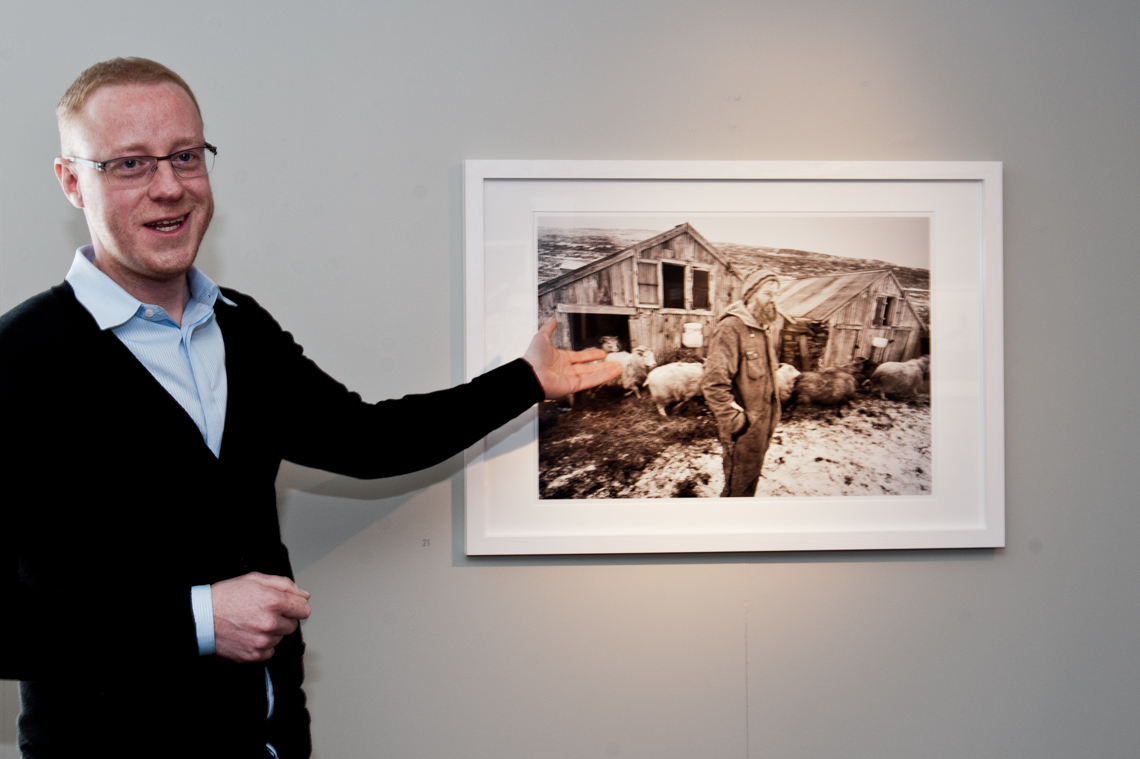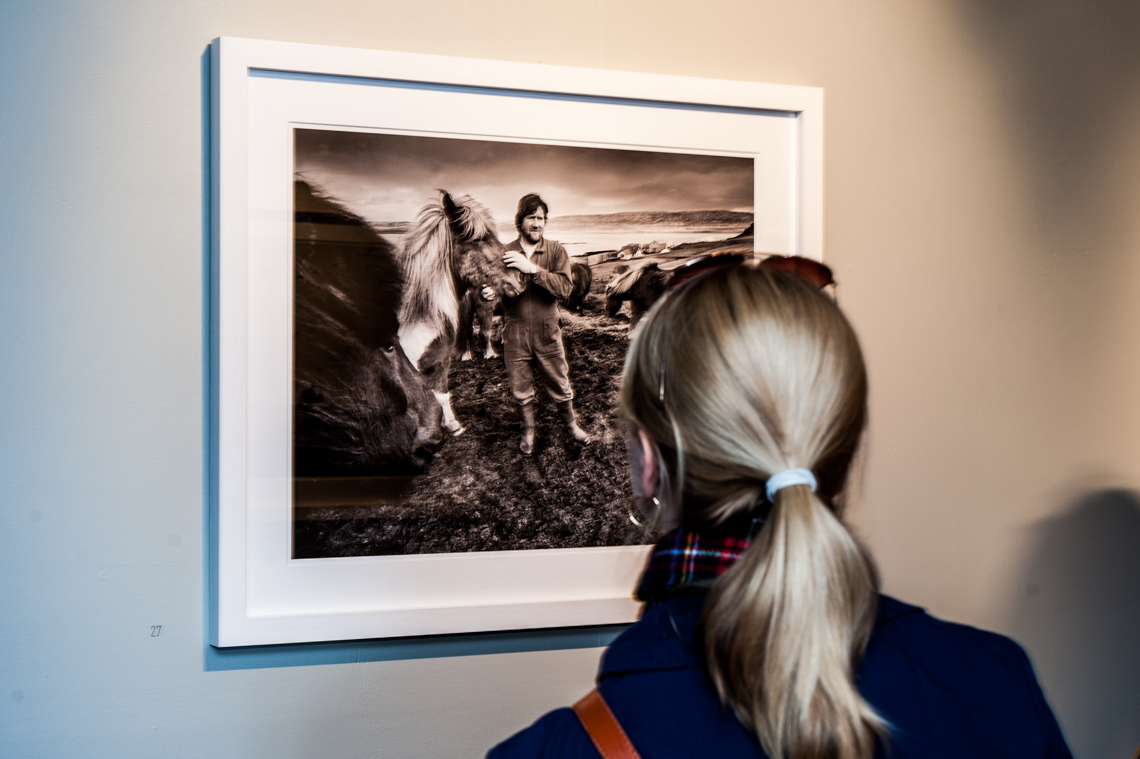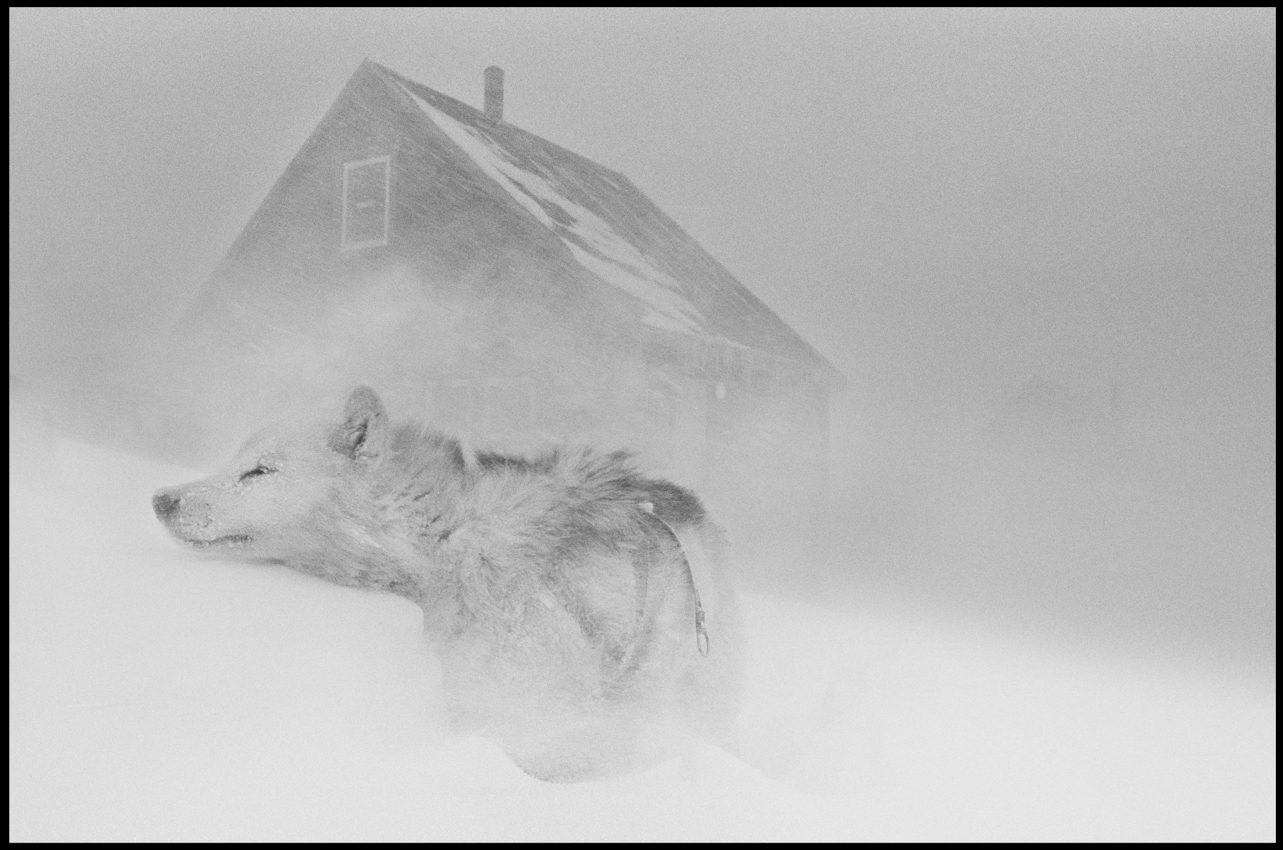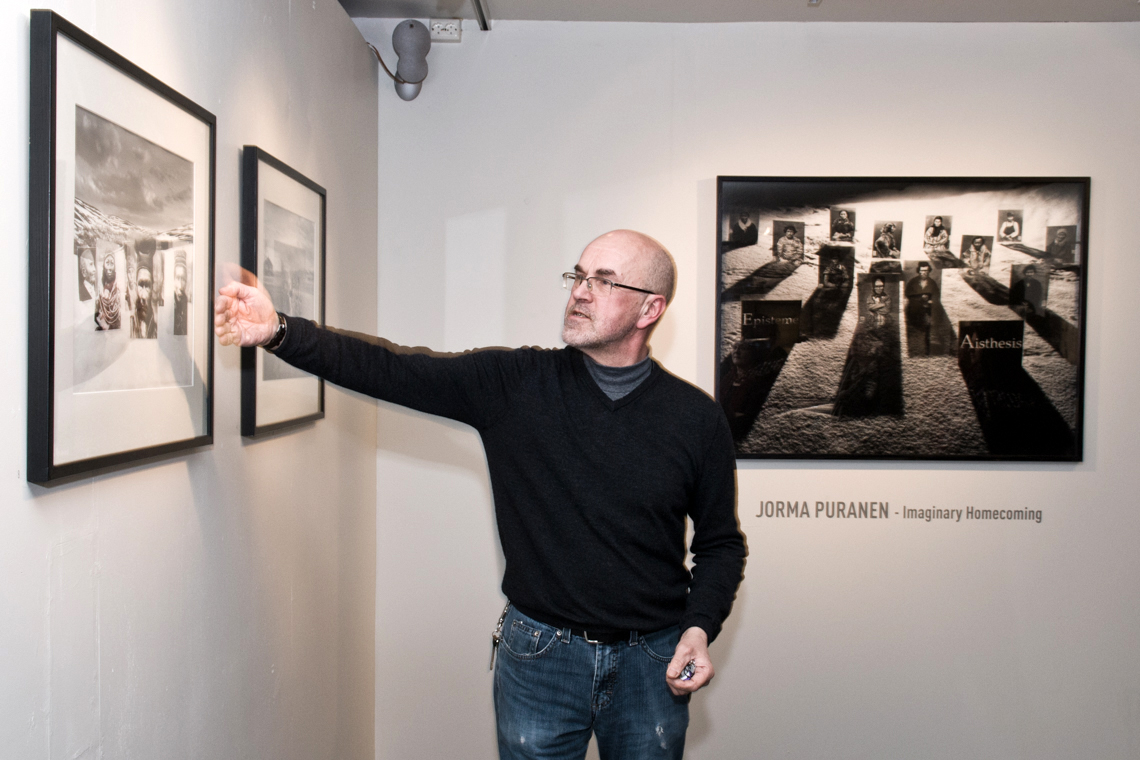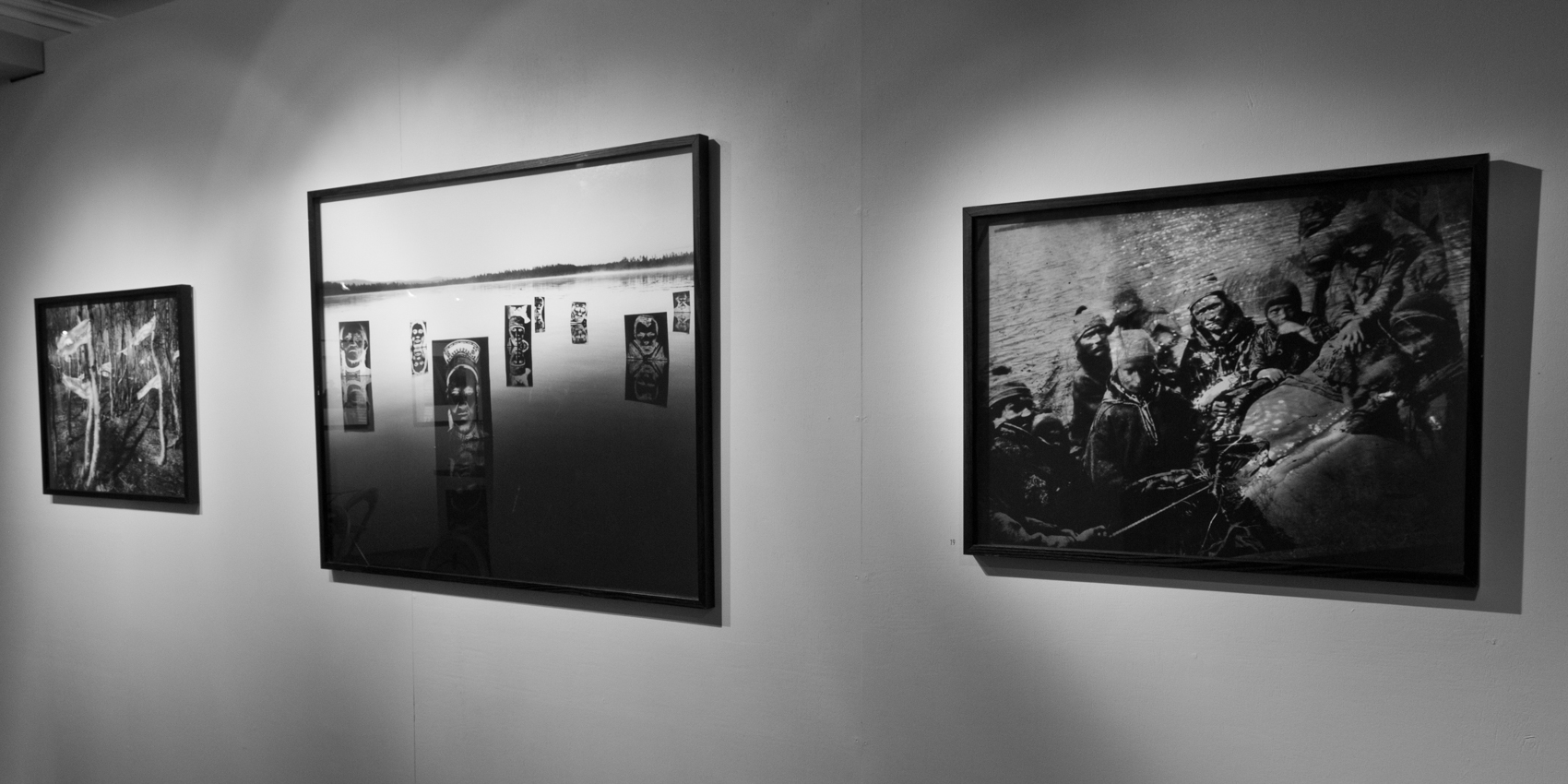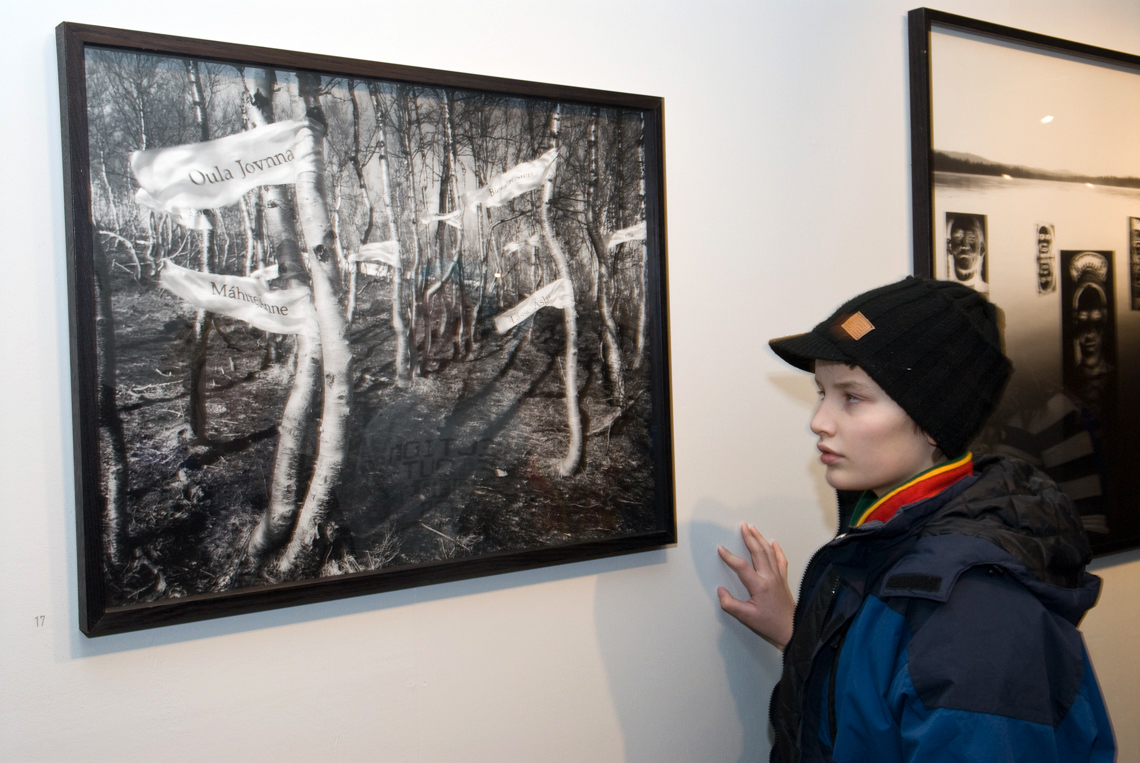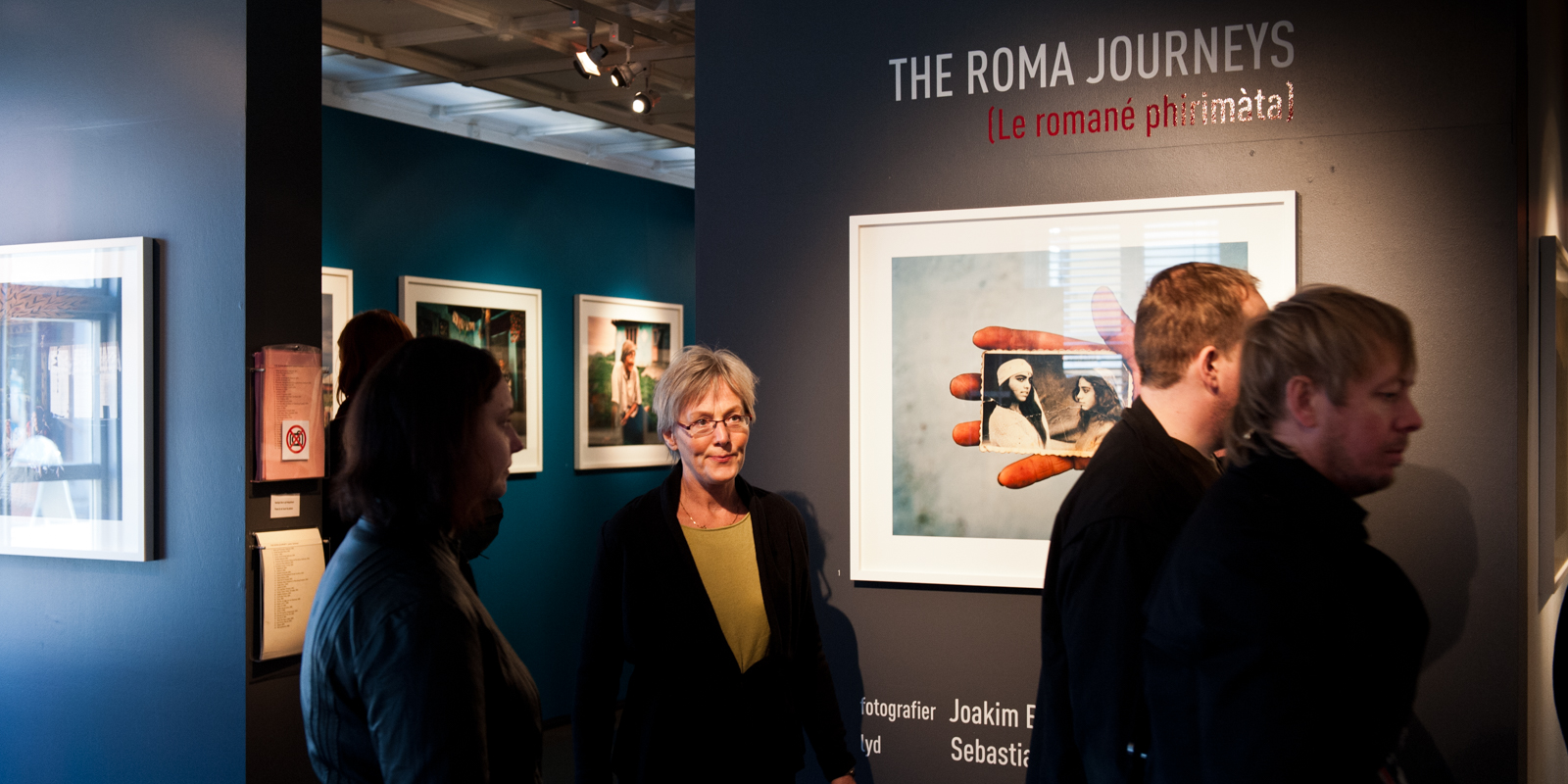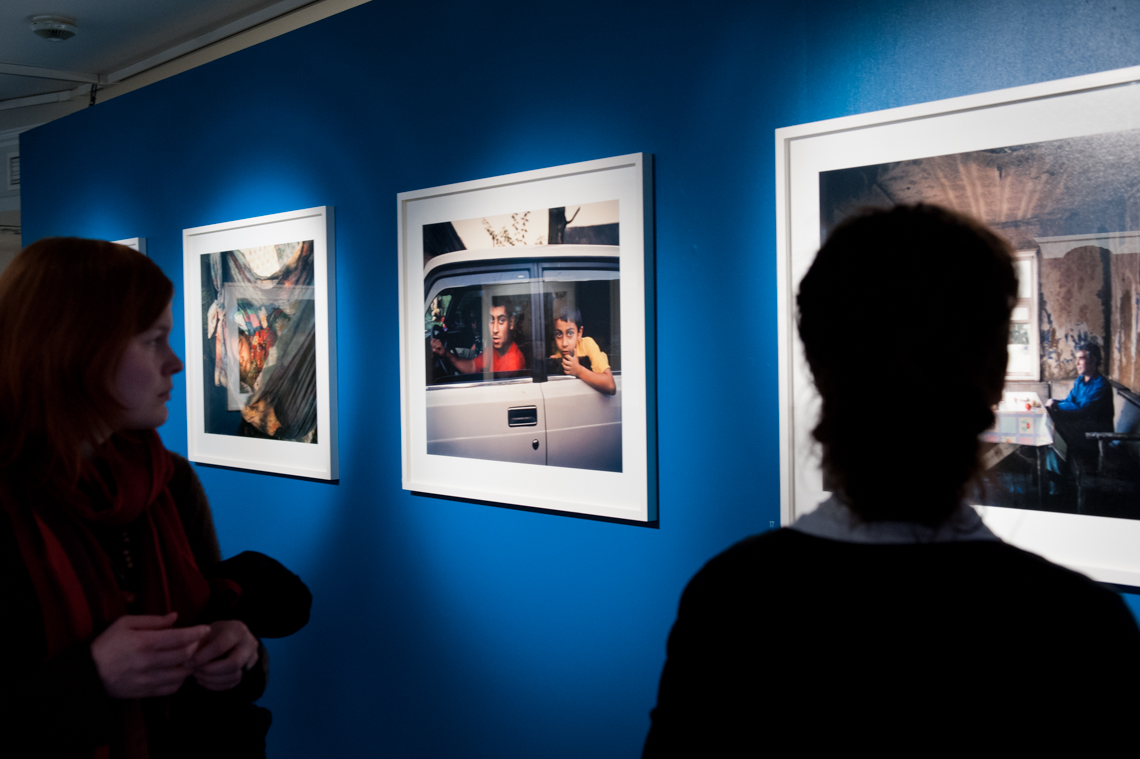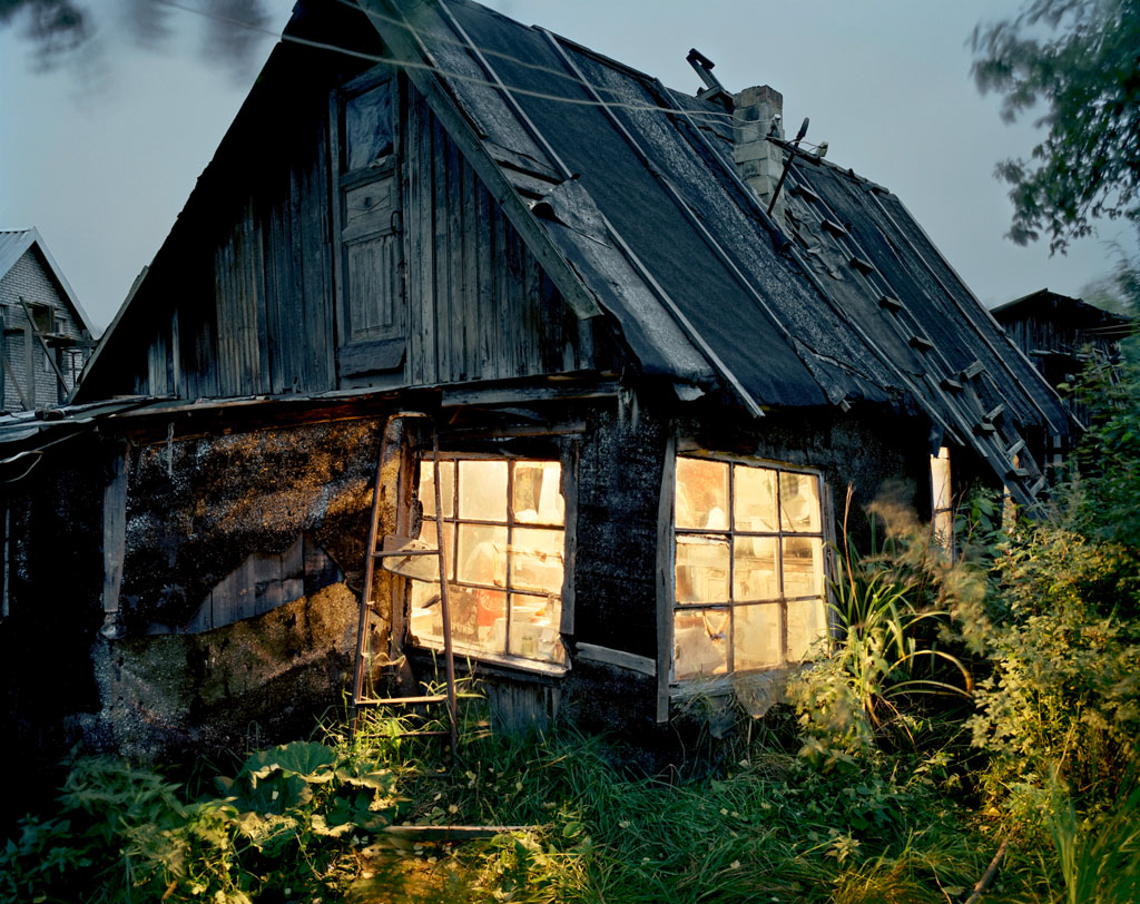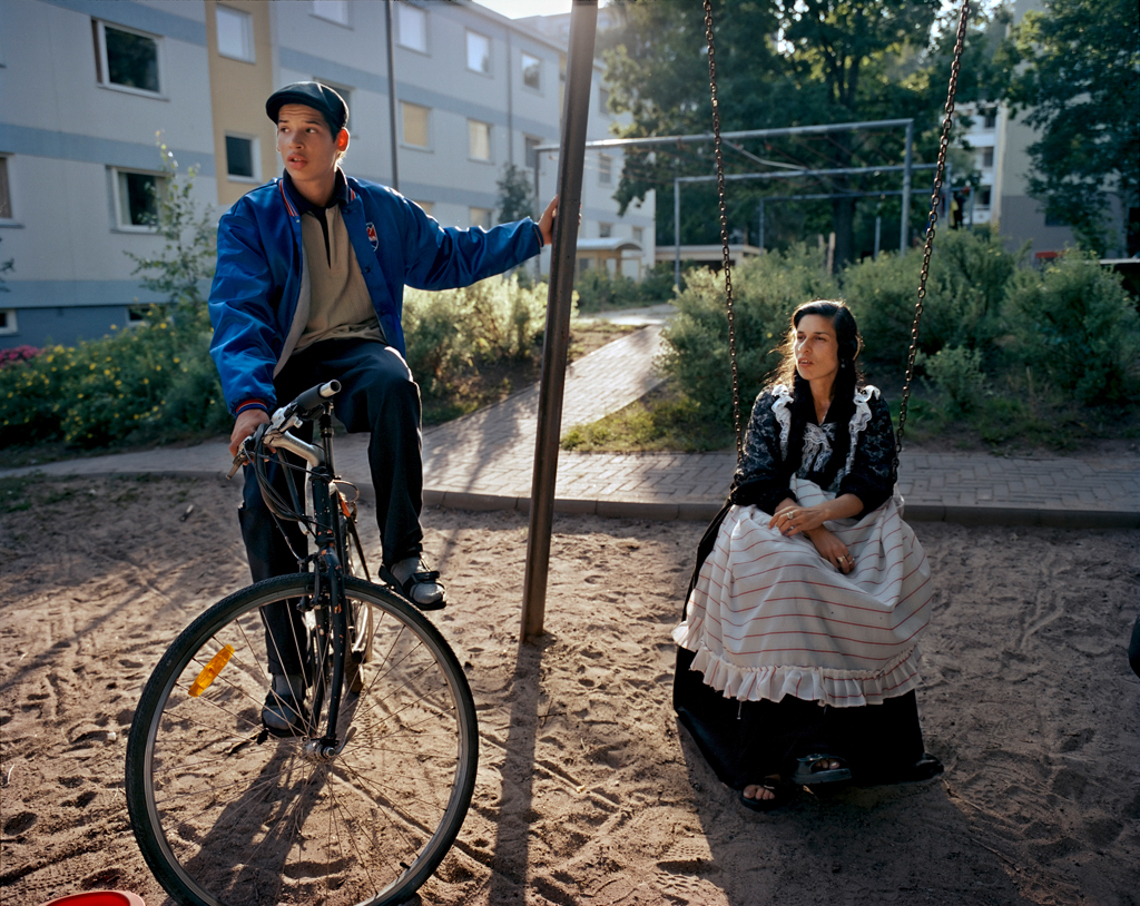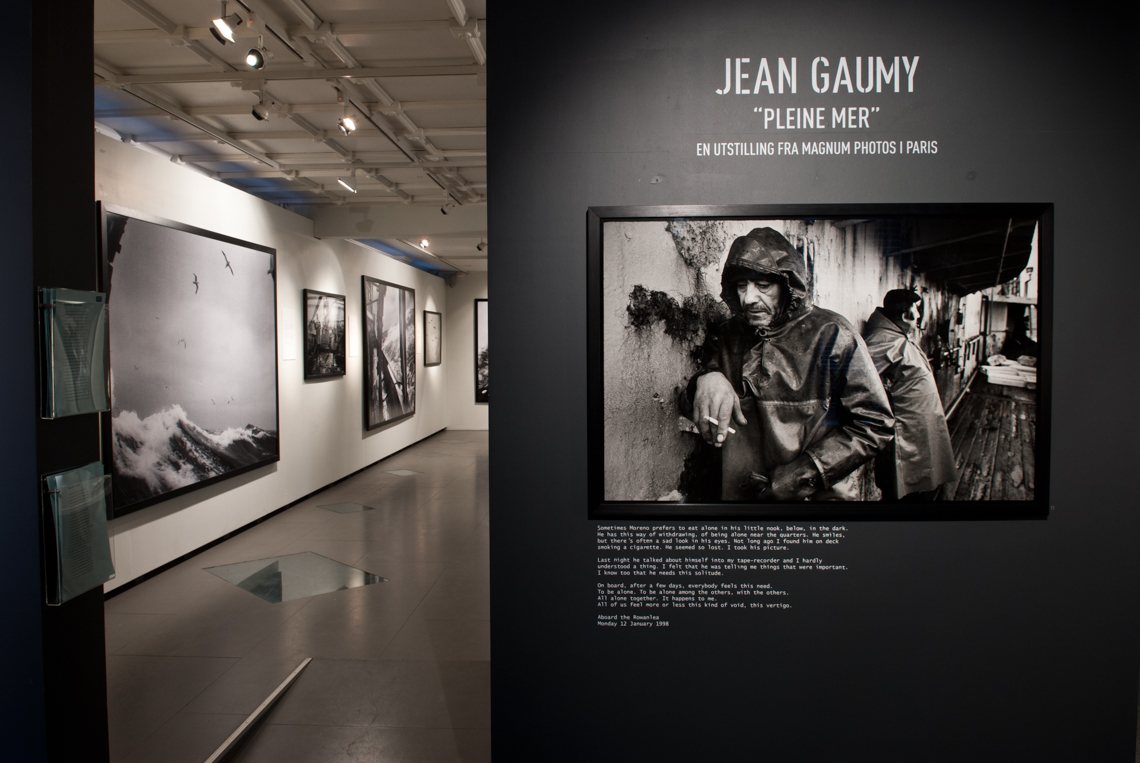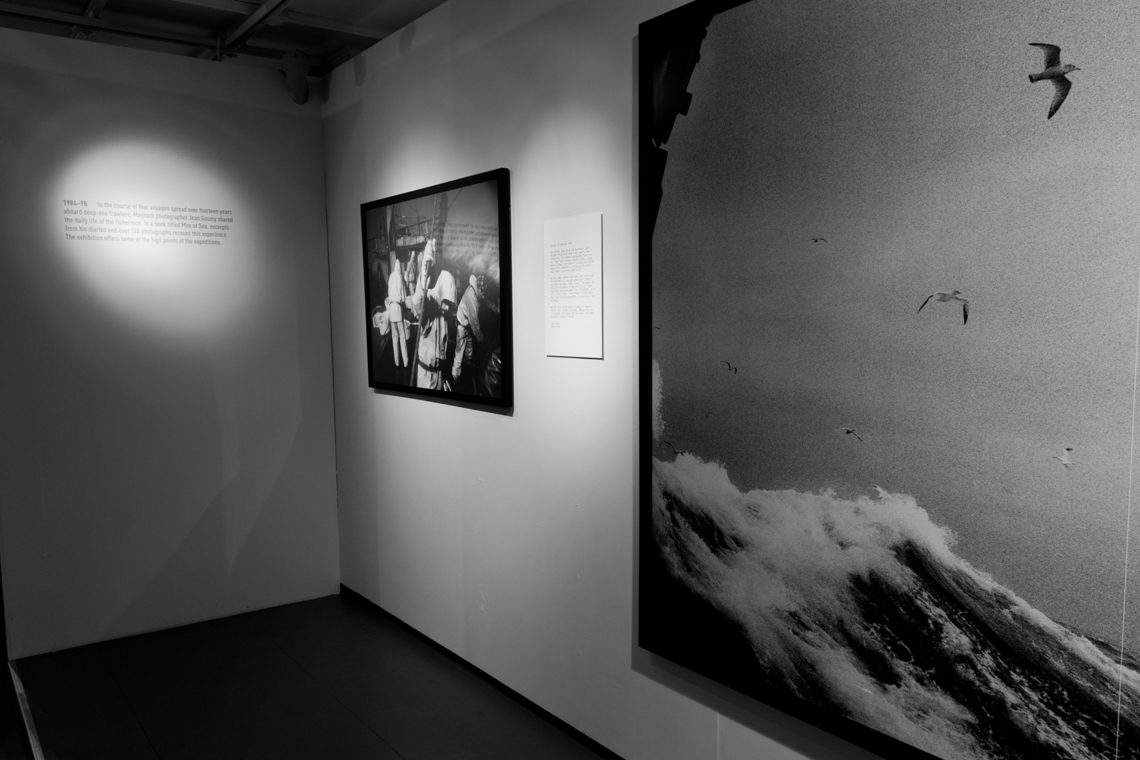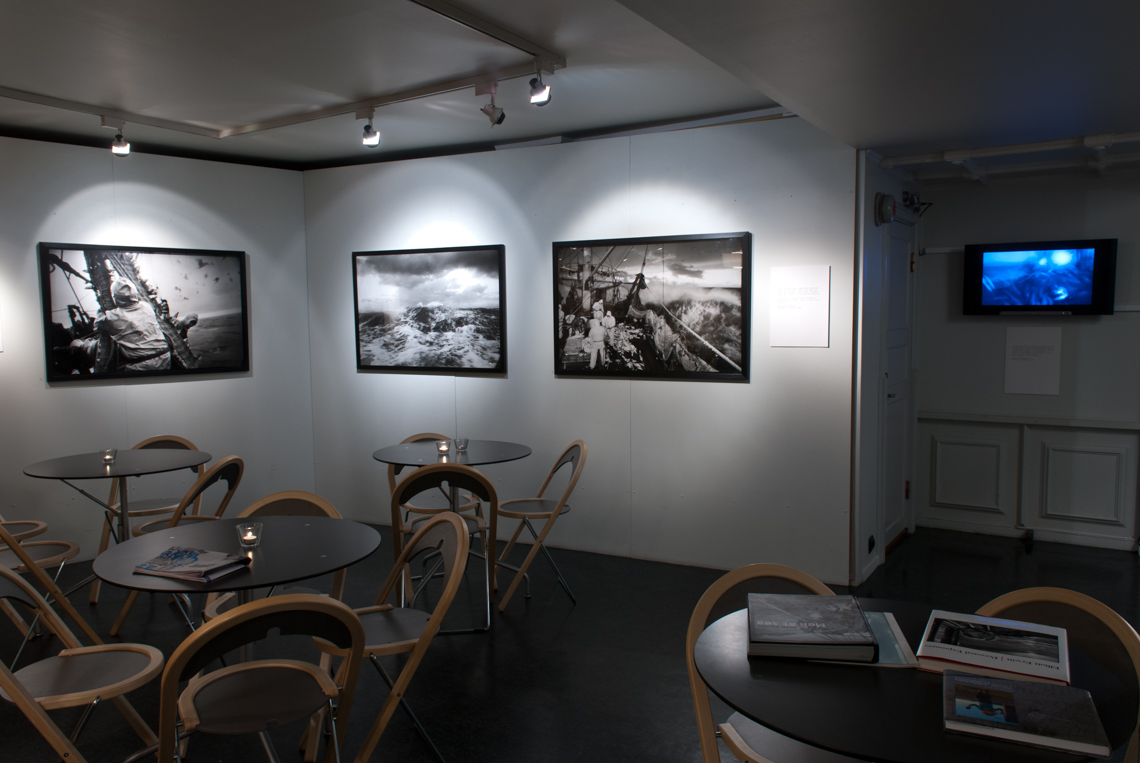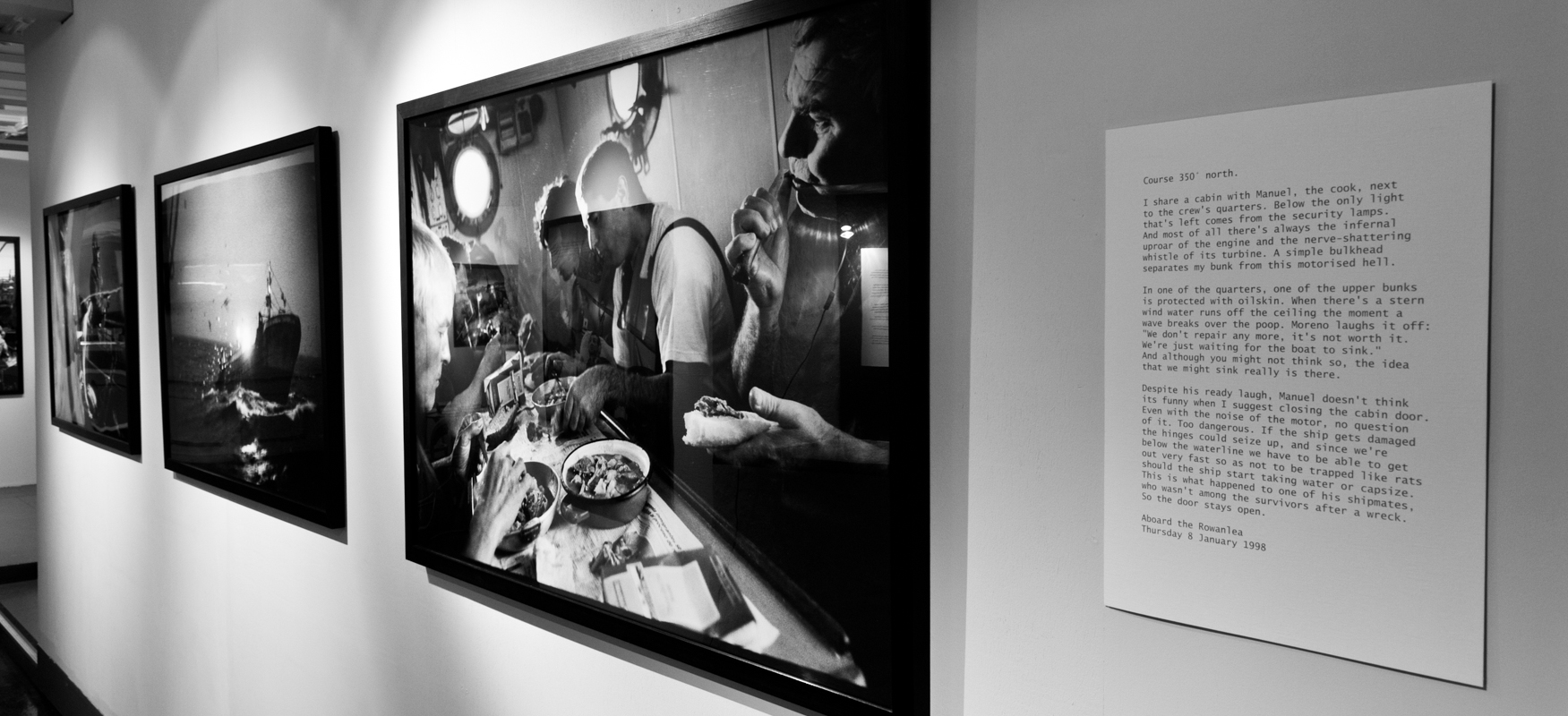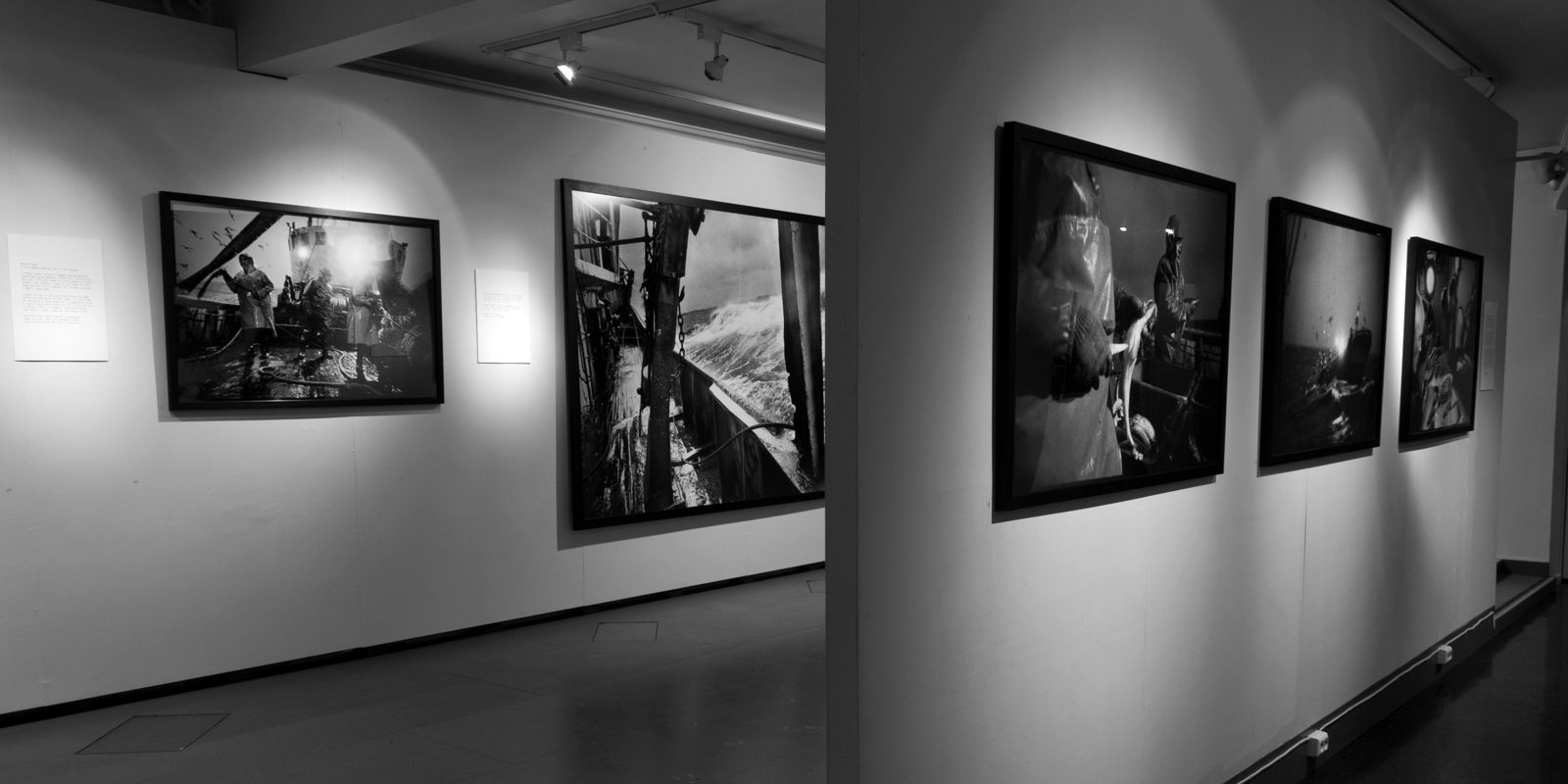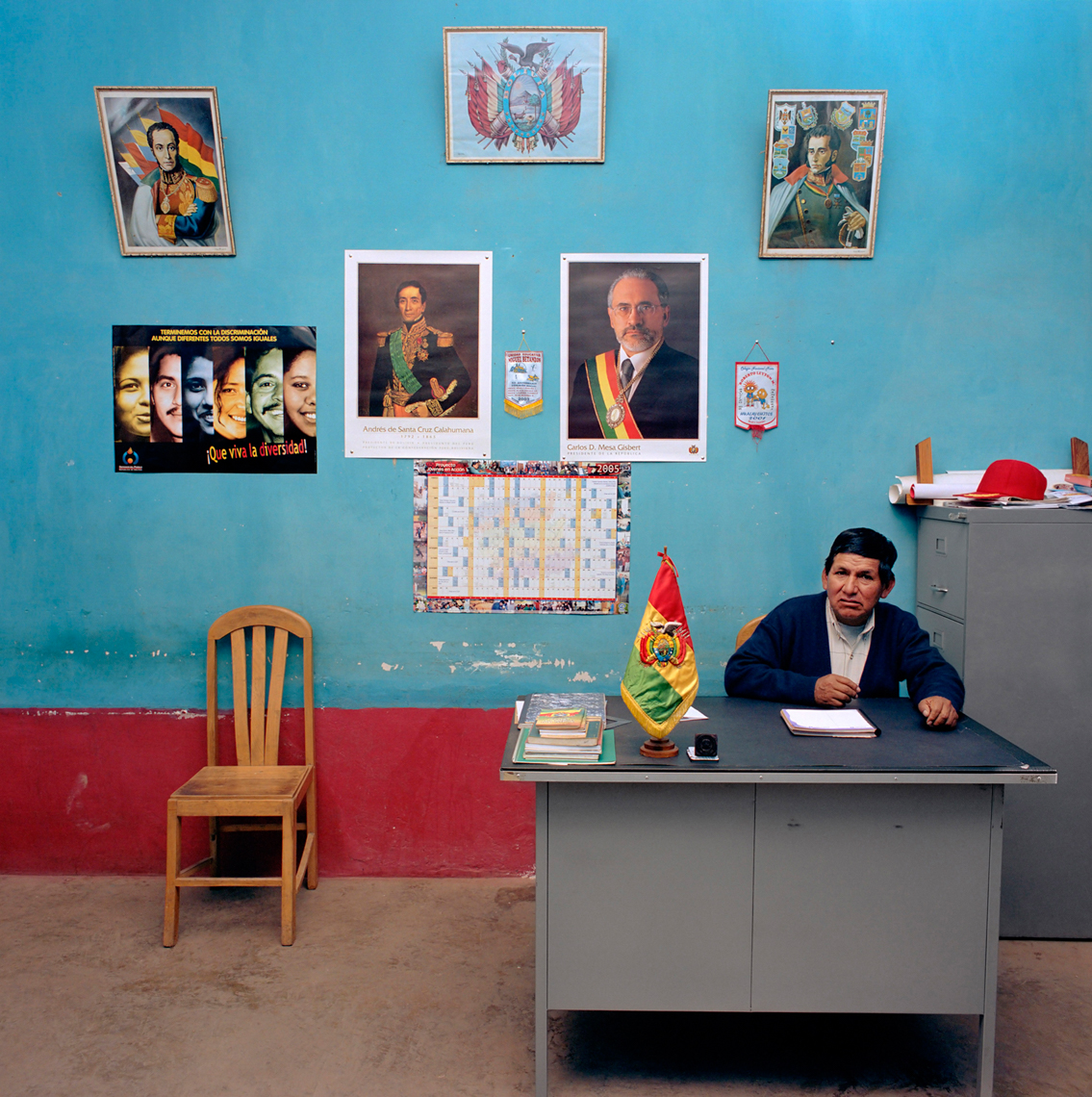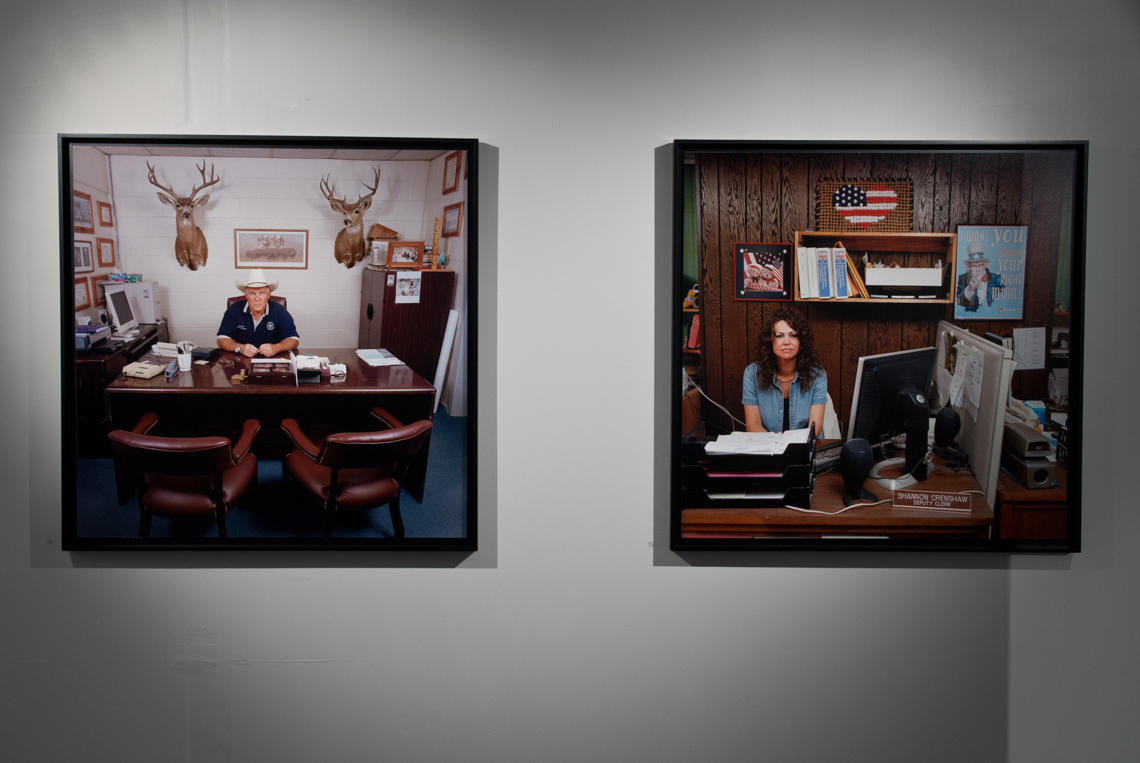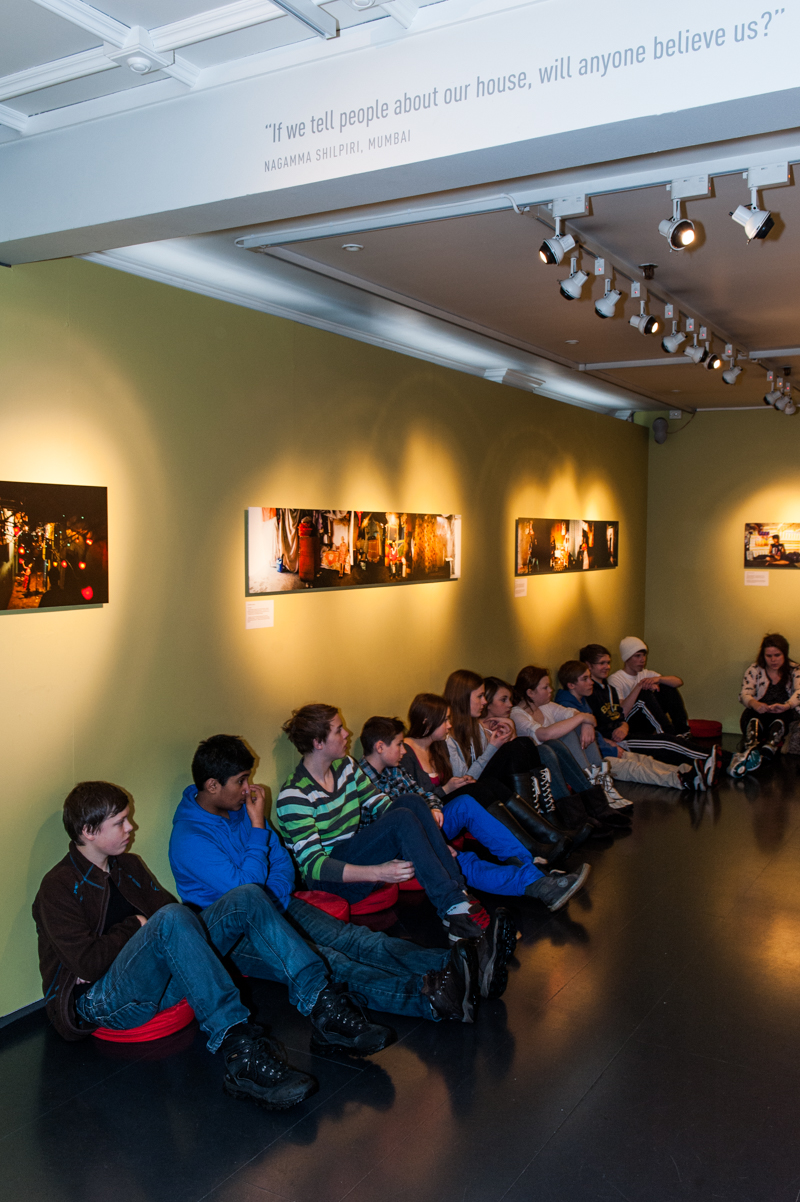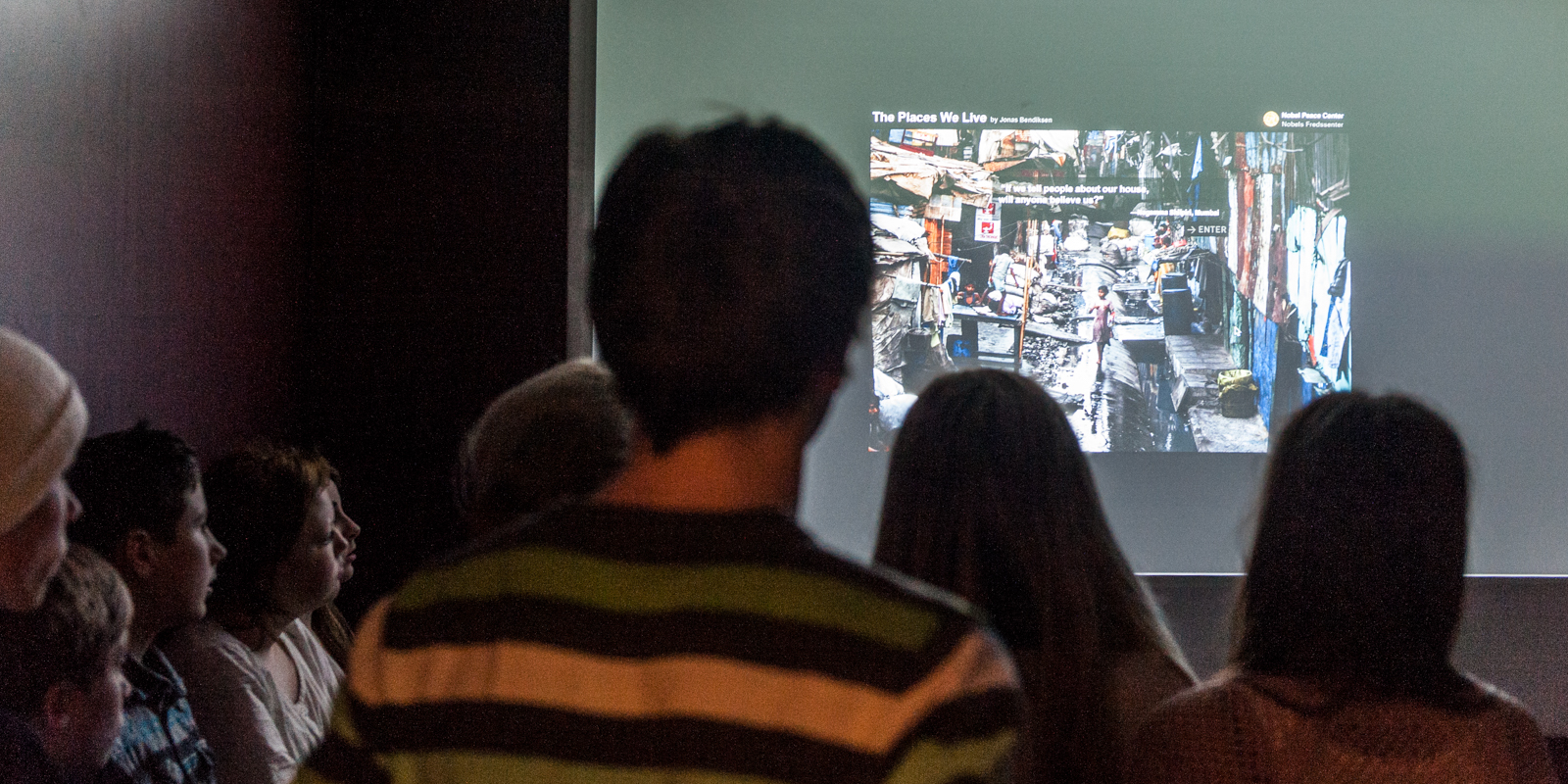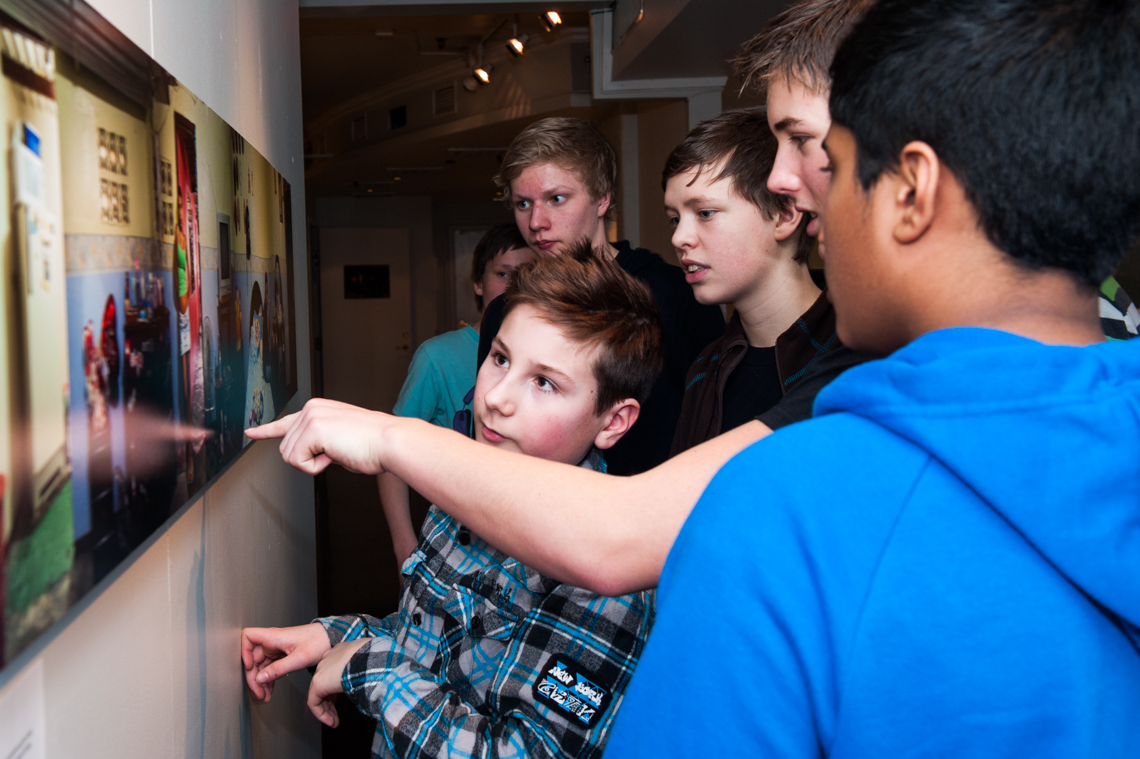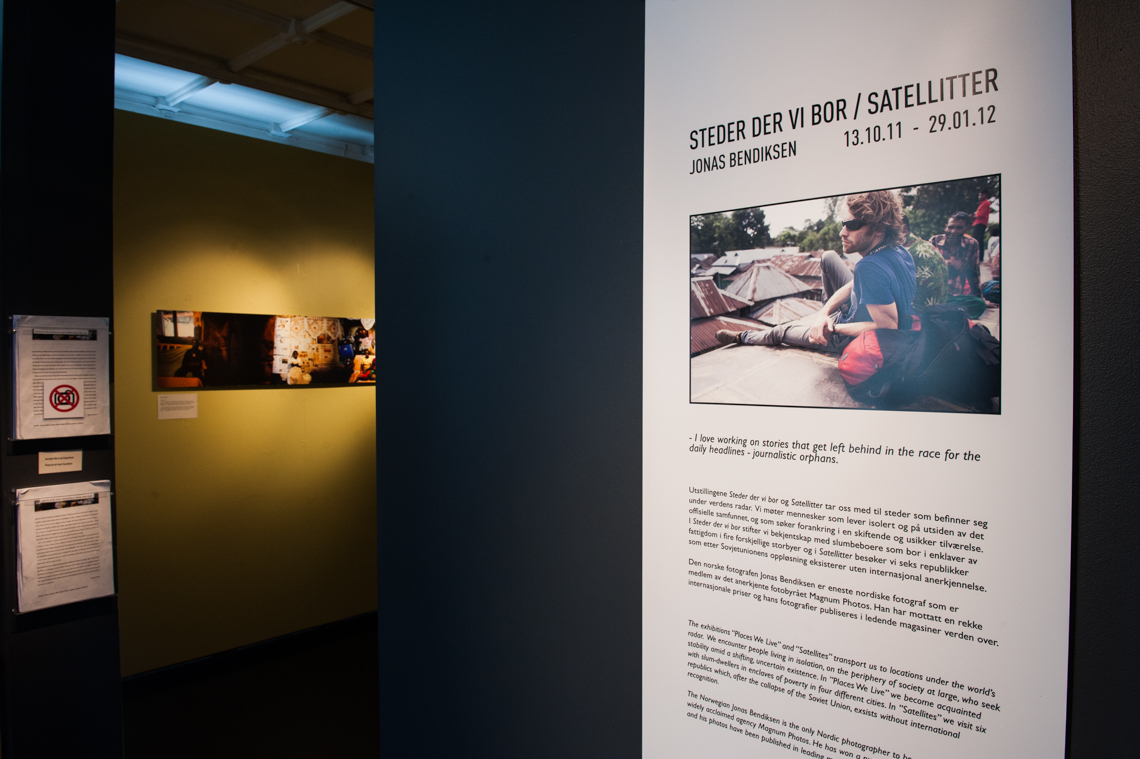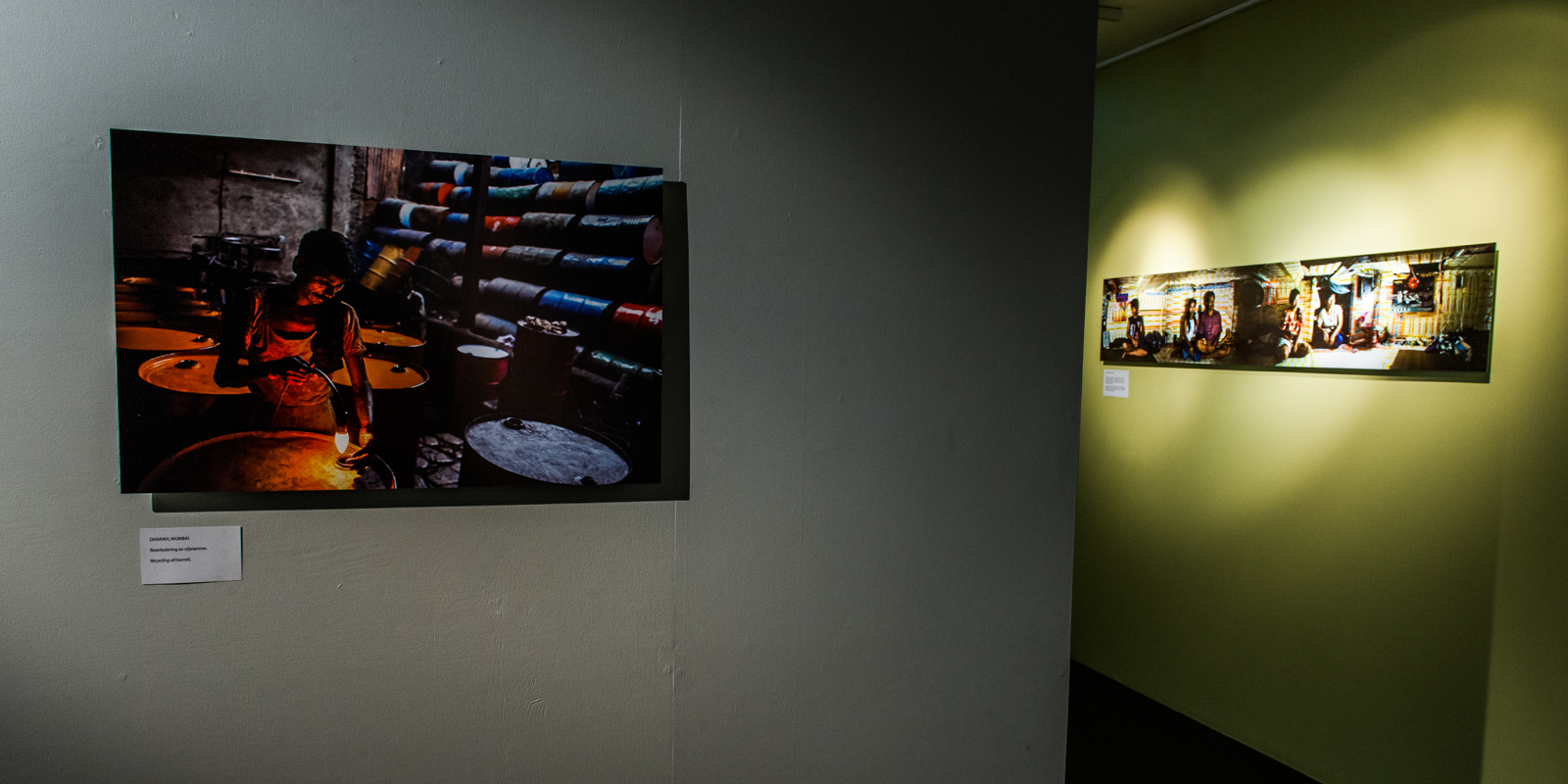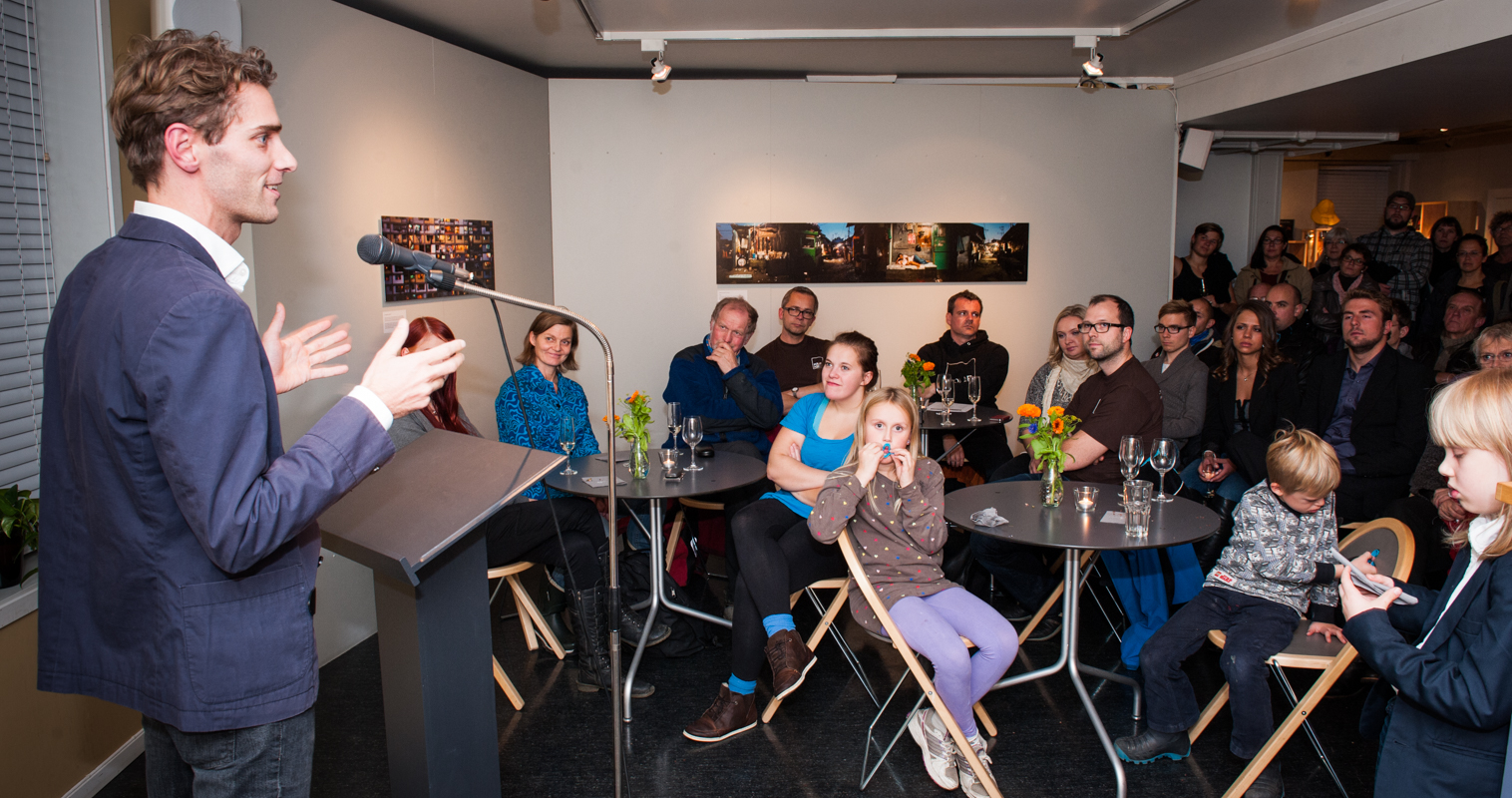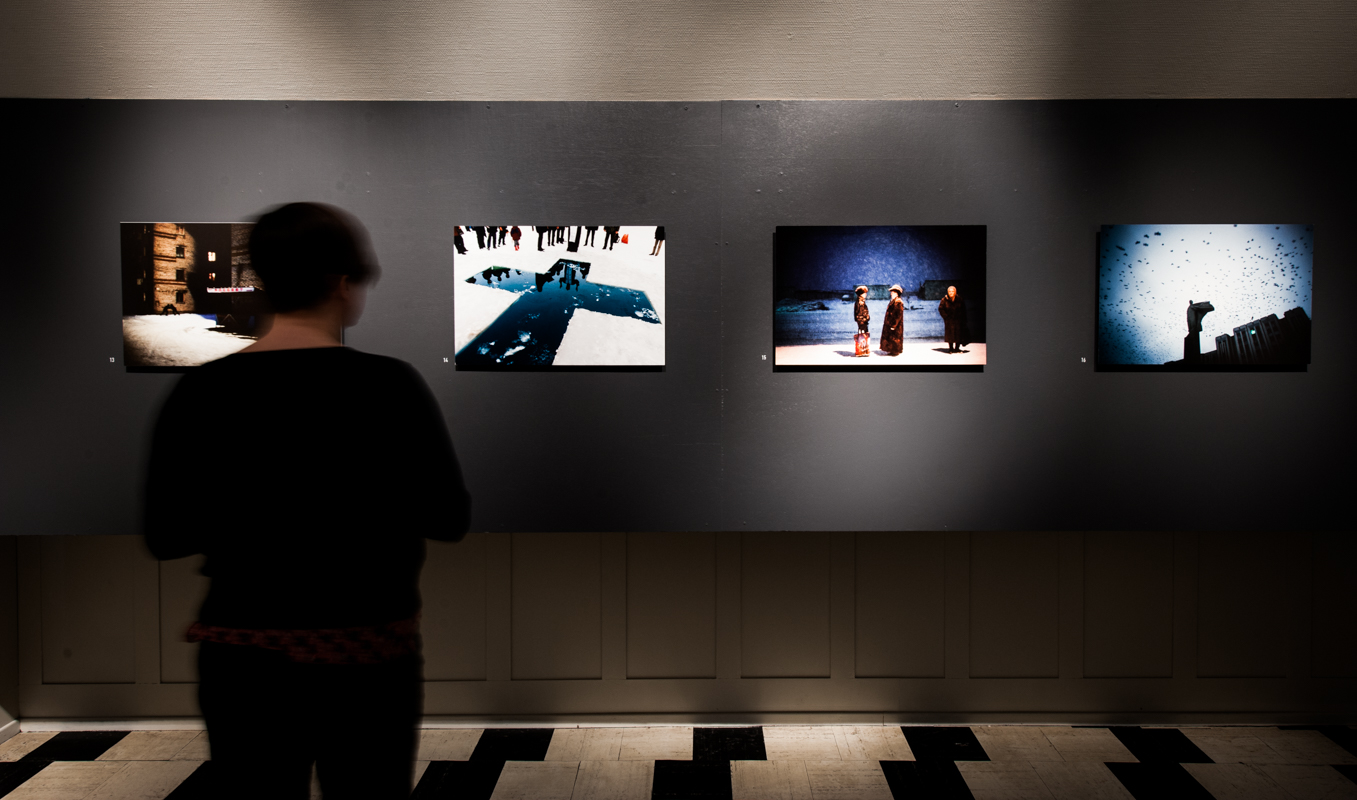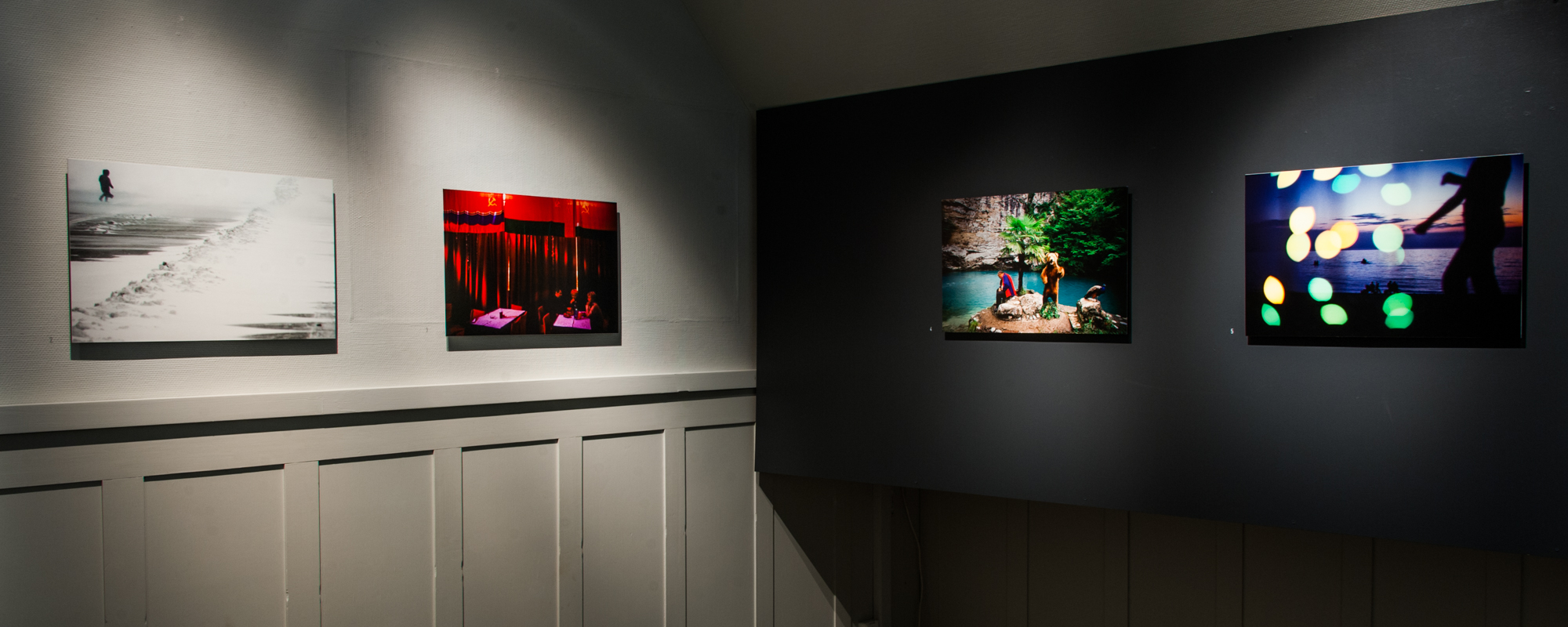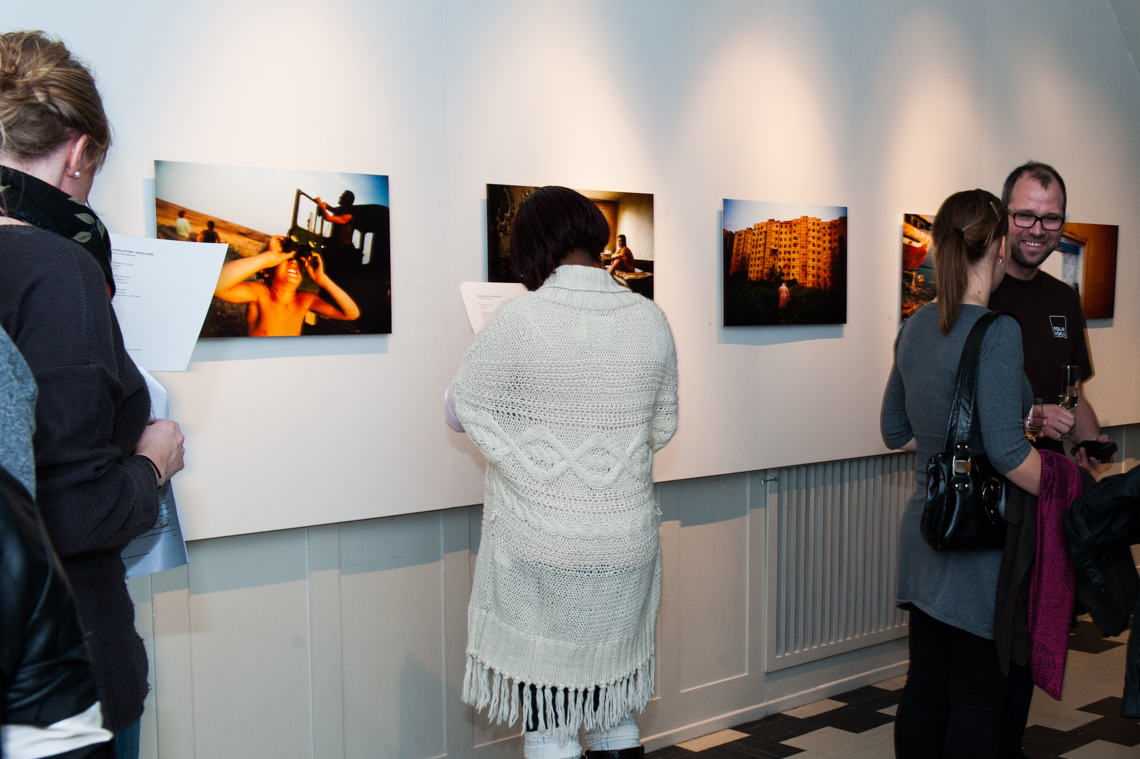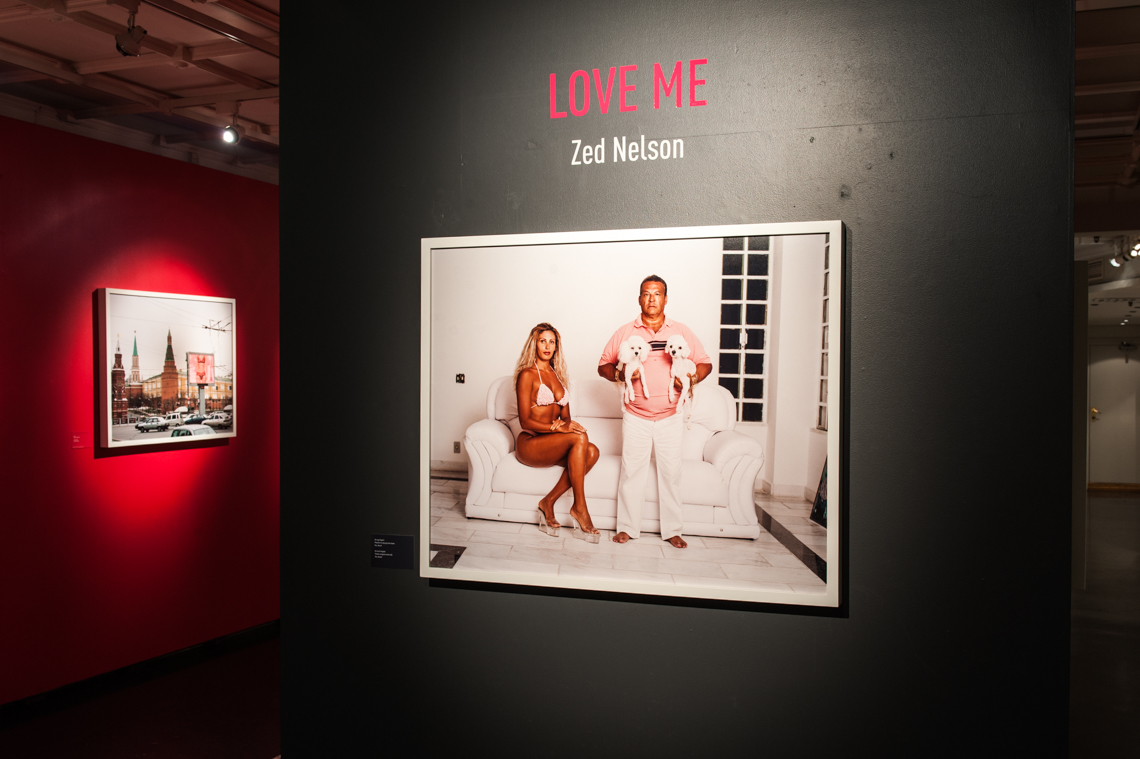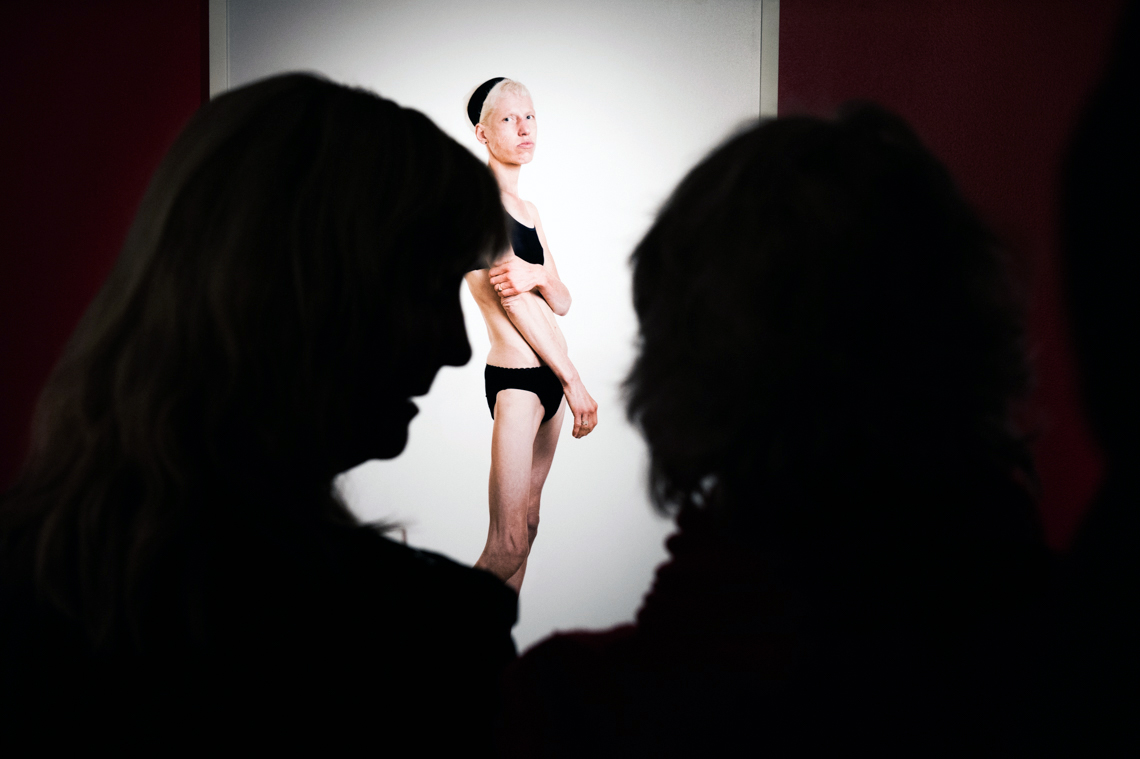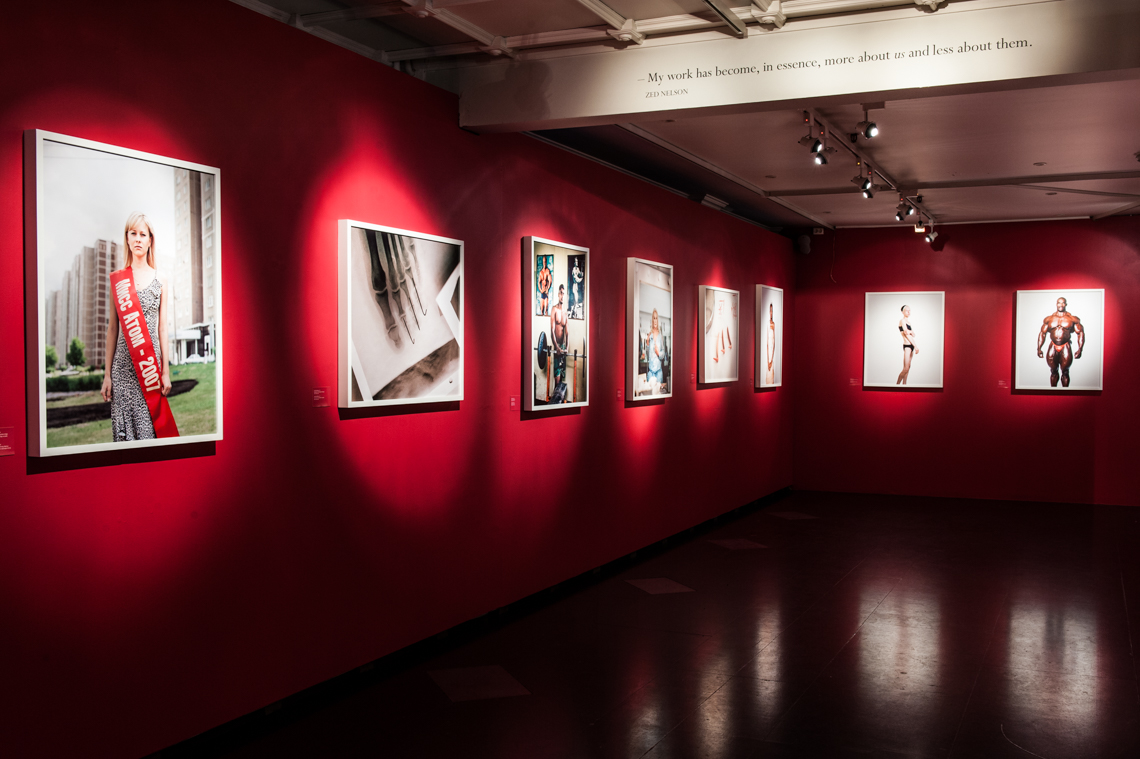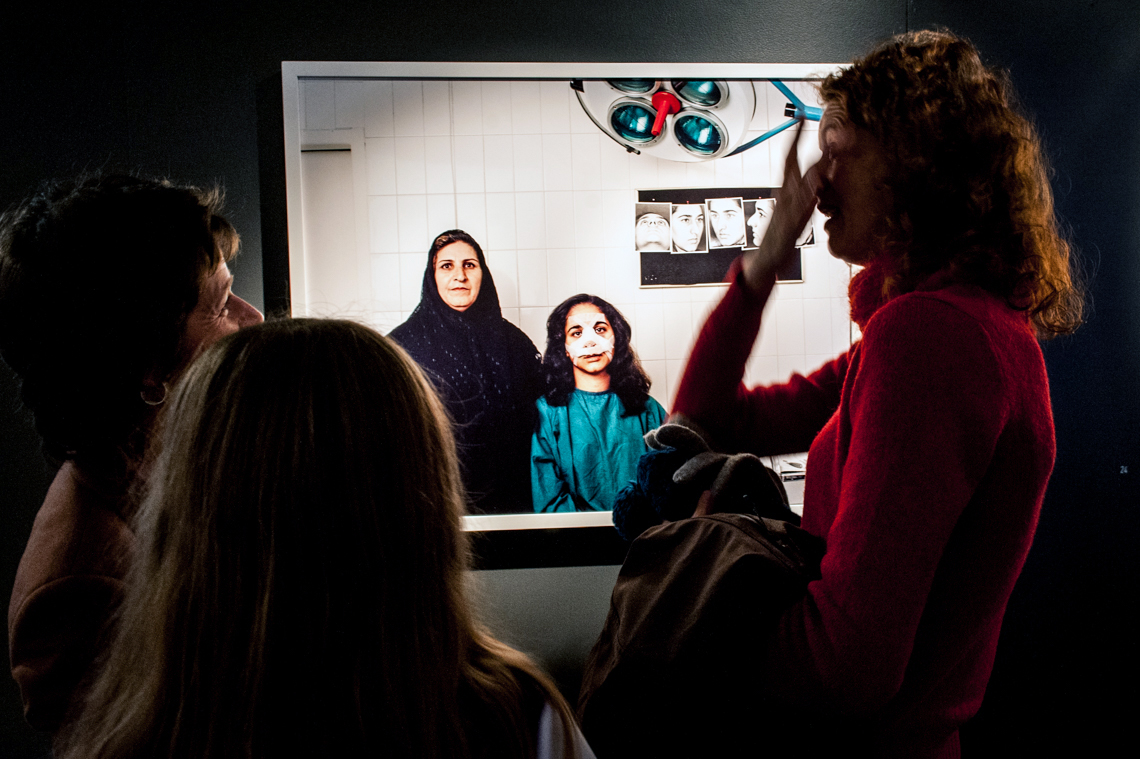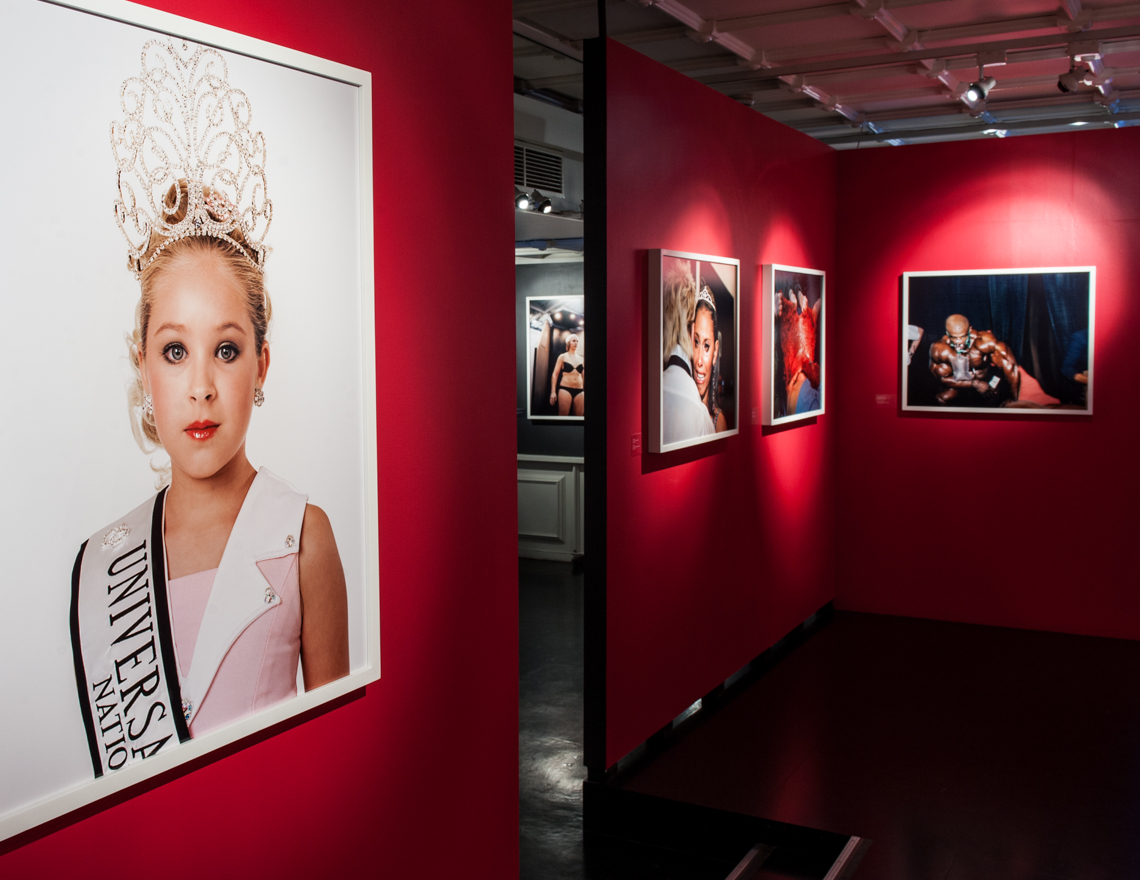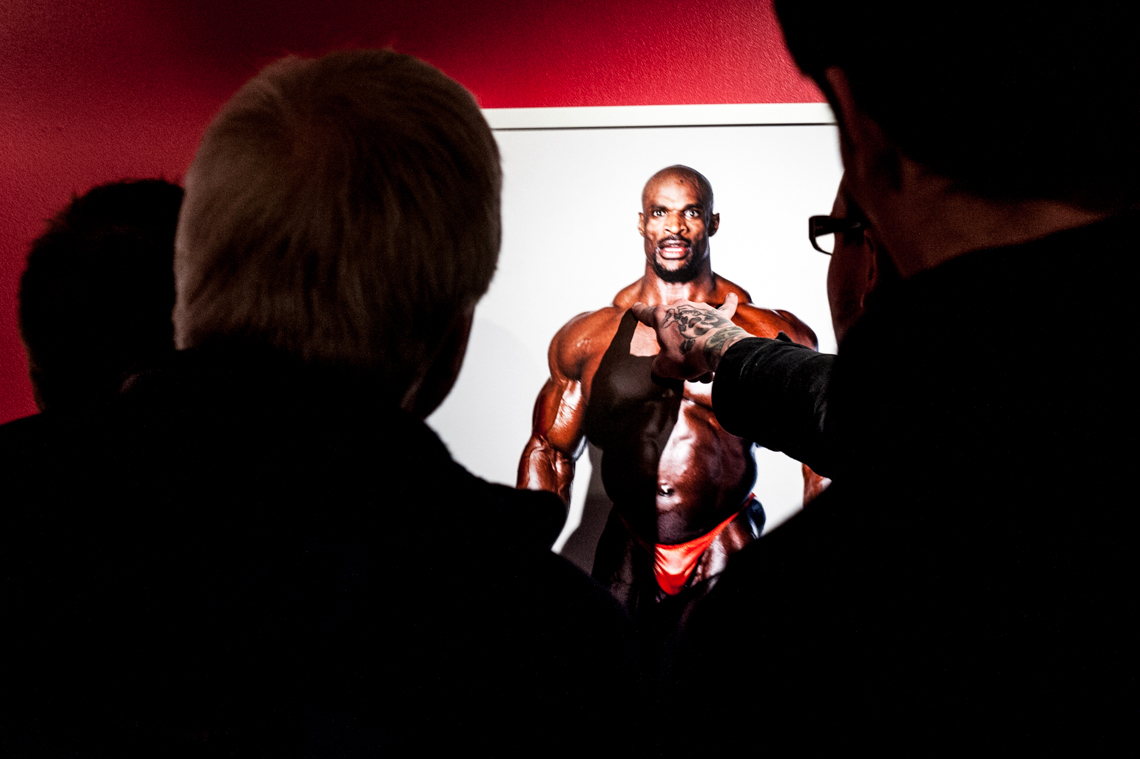The Icelandic photographers Ragnar Axelsson and Thorvaldur Kristmundsson share a deep fascination for people and communities in remote and extreme places in the North. They both witness the rapid decline of traditional ways of living in the Arctic due to modernisation and global warming.
Ragnar Axelsson has been travelling the Arctic for almost three decades motivated by respect for the hunting communities of northern Greenland and Canada. The northernmost Inuit communities in the world are located in the northwestern part of Greenland. The Inuit culture and their system of beliefs can be seen as a consequence of a unique adaption to the harsh realities of the arctic nature. In the exhibition “Last Days of the Arctic”, Axelsson brings us into close encounters with the Inuit way of living and their environment. His camera captures a vulnerable culture facing both dramatic social and climatic challenges.
Thorvaldur Örn Kristmundsson has for a period of six years visited “Isafjardardjup” and the deep fjords in the northwestern region of Iceland. The area is isolated and unspoilt and spectacular in its grandeur. Nevertheless, some fishermen and farmers still cling to the traditional way of life rooted in the oldest settlement in the country. Gradually, this remote cultural landscape is transformed. Traditional lifeforms crumble under the pressure of modernisation and climate changes. Kristmundsson´s camera captures the organic relationship between humans and nature as well as the loss of know-how and the passing away of traditional culture.
Not only have I travelled to countries suffering war, followed major sport events, met kings and queens, world leaders and musicians, but also realised that it takes no more than the story of a simple life of one person to make it greater than the everyday headlines of world events.
Thorvaldur Kristmundsson
